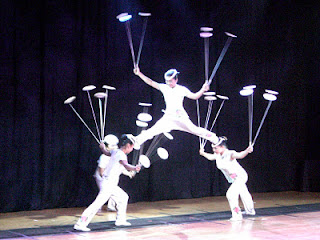The standards continue to be a daunting algorithm for educators, not unlike the life algorithm in today's world - a world infused with seemingly infinite knowledge, choices and possibilities. How do educators navigate this complex arena?
The answer lies in patterns, prioritizing and focus. It's the way we "walk the road" of schools and life that make the difference. What are the essential ingredients? How do you tackle each day? What processes do you use to create vision, goals and priorities?
I suggest that the you identify the main ingredients of a successful endeavor, classroom, family, life. Then create a pattern that includes essential ingredients. Be prepared to reflect, revise and revisit the vision, goals, priorities and pattern often. Have a flexible attitude towards change which is the one aspect of life you can count on. Seek out others online or in person to guide, support and challenge you on the way. Make time for play and recreation which spark creativity and joy.
None of us can do it all, or be it all--there's too many things to do and people to be, but we can journey towards our best work and vision in kind and caring ways that bring light and make a positive difference.
Priorities become your pattern, and your pattern leads to your vision.
You have read this article with the title November 2011. You can bookmark this page URL http://the-bookself.blogspot.com/2011/11/how-do-you-prioritize.html. Thanks!















